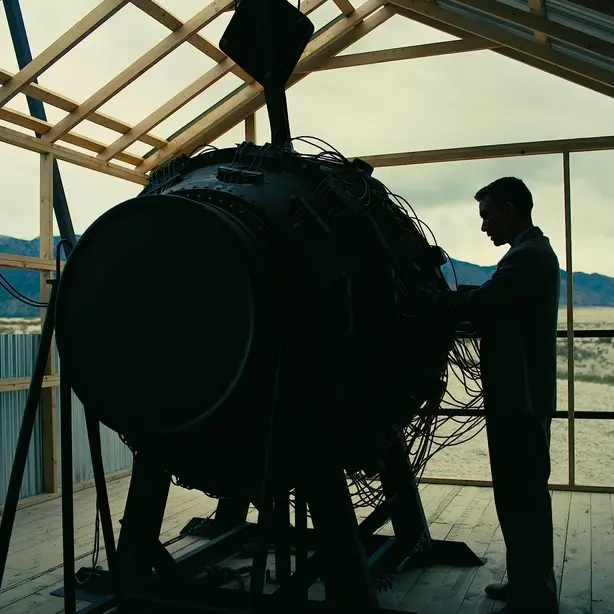Within seconds of the start of “Deep in the Heart” (also known as “Deep in the Heart: A Texas Wildlife Story”), we become aware that this isn’t going to be the usual nature documentary feature. It opens with a wide panoramic aerial shot of Guadalupe Peak, the highest natural point in Texas, located in the far west region.
|Updated:
Originally from the nation's capital, Michael Clark has provided film content to over 30 print and online media outlets. He co-founded the Atlanta Film Critics Circle in 2017 and is a weekly contributor to the Shannon Burke Show on FloridaManRadio.com. Since 1995, Clark has written over 5,000 movie reviews and film-related articles. He favors dark comedy, thrillers, and documentaries.
Author’s Selected Articles





